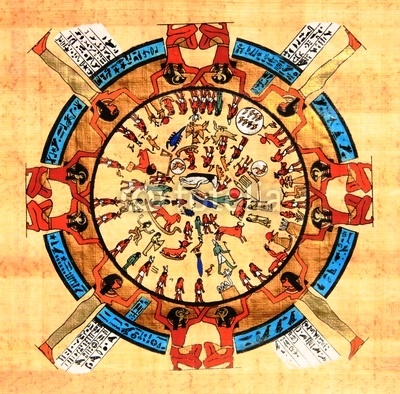The Nile River – the lifeline of Old Egypt
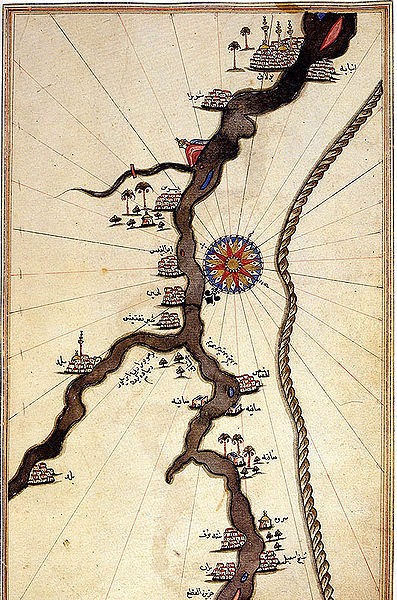
Herodotus describes Egypt as “gift of the Nile”. The Egyptians simply called the Nile “the river”. They believed that its floods stemmed from the river gods. The Nile River was the foundation of their lives. It brought them water and prosperous harvests. It also acted as a traffic route through an enormous region, which various peoples called their home. At the time, the Egyptians held owned the most fertile land of the Earth. Most of of the people lived in villages beside the Nile. The houses were close to the water, even though they were sometimes damaged by the floods. Here, the residents met and exchanged messages, while they tanned the pelts, did the washing, scooped water and cast for fish.
The Nile Floods
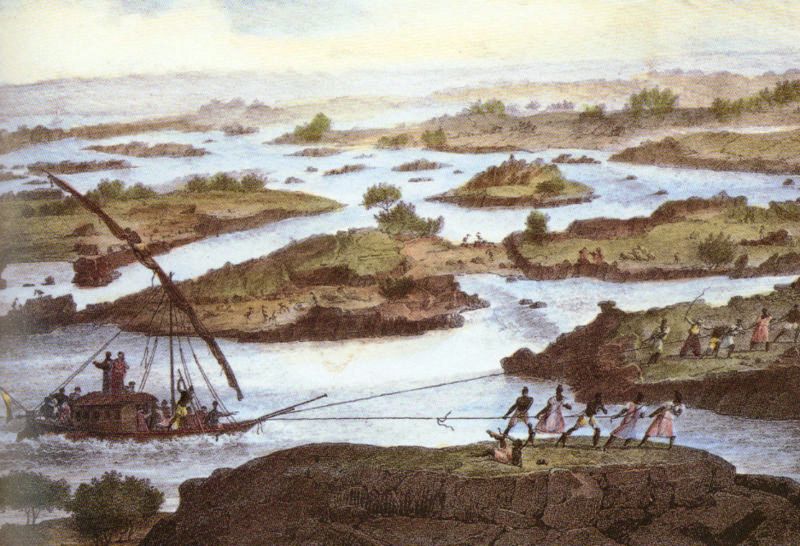 The Nile regularly sent its life-giving floods, which would cover the riverbanks with fertile soil. The people neither knew its origins nor did they know why the floods were sometimes absent. That’s why they created the gods of the Nile and numerous myths to explain the secret. In reality, the inundation of the Nile originated in the strong rainfalls in the Ethiopian highlands. This is where the Nile emanates. When it rains, the river swells up to nearly 400 times as much as during the dry period! Gigantic masses of water wallow for thousands of kilometers northwards to the sea. Dry desert valleys were filled with water. Dams and dikes dammed the floods that watered the fields.
The Nile regularly sent its life-giving floods, which would cover the riverbanks with fertile soil. The people neither knew its origins nor did they know why the floods were sometimes absent. That’s why they created the gods of the Nile and numerous myths to explain the secret. In reality, the inundation of the Nile originated in the strong rainfalls in the Ethiopian highlands. This is where the Nile emanates. When it rains, the river swells up to nearly 400 times as much as during the dry period! Gigantic masses of water wallow for thousands of kilometers northwards to the sea. Dry desert valleys were filled with water. Dams and dikes dammed the floods that watered the fields.
The Gods of the Nile
The Nile was a rich food source due to fish, birds, hippos and crocodiles. Crocodiles are Paleolithic, unpredictable and dangerous animals. Thus, the Egyptians attributed them with divine properties. They worshipped the crocodile god Sobek. They tried to soothe Sobek through sacrificial offerings. If the floods stayed out and the fields ran dry, the Egyptians believed that the crocodile god was upset and wanted to punish them.
The Egyptian calendar
The Egyptians used the lunar calendar. One month had 29 or 30 days. They divided the year into three seasons, which were based upon the Nile cycle. The period of the flooding was the first season, which extended from mid-June until mid-September. Thereupon followed the seedtime, which extended until mid-March. The last season was the harvest season, because then the water levels of the river were the lowest. This calendar arrangement has proven itself to be quite successful, as were are still using a similar form today.
Cultivation at the Nile River
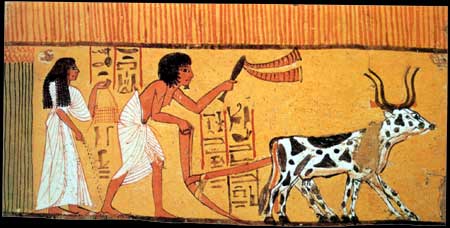
Egypt mainly consists of desert, except for the Nile and the Nile valley. Without the Nile River, agriculture in Egypt would have barely been possible. Once a year, between July and October, the river flooded the Nile valley and the Nile delta. During this period of time, a layer of mud was deposited, which brought the farmers fertile grounds. The Nile flood was welcomed with a big celebration and is still a traditional holiday today. When the water levels dropped, the farmers began seeding the fields. Along the entire Nile river and the delta, agriculture was practiced. The cropland was ginormous, approximately 34000 km². The delta swamps were an excellent area for bird- and fish catching. And what’s more, papyrus grew in this area.
What is a Nilometer?
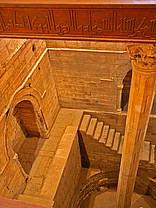 With the Nilometer, the Egyptians were able to measure the water levels of the Nile river. Those Nilometers were located on various sections of the river. Even today, a Nilometer from the 9th century can be seen on the island El Roda. It consists of a well, which is connected to the Nile through several canals. When a high flood was imminent, the people know which regions were threatened by the flood. In this way, the farmers could save their cattle just in time for the floods. The water level was also important for the tax collectors. How did taxes and the water level correlate? The taxes were based on whatever the farmers and craftsman produced. The higher the river levels, the more land could be cultivated. The farmers could count on richer harvests and so the tax collectors counted on higher taxes. It is quite astonishing that as early as the first dynasty, there are records of the water levels and the expectable harvests!
With the Nilometer, the Egyptians were able to measure the water levels of the Nile river. Those Nilometers were located on various sections of the river. Even today, a Nilometer from the 9th century can be seen on the island El Roda. It consists of a well, which is connected to the Nile through several canals. When a high flood was imminent, the people know which regions were threatened by the flood. In this way, the farmers could save their cattle just in time for the floods. The water level was also important for the tax collectors. How did taxes and the water level correlate? The taxes were based on whatever the farmers and craftsman produced. The higher the river levels, the more land could be cultivated. The farmers could count on richer harvests and so the tax collectors counted on higher taxes. It is quite astonishing that as early as the first dynasty, there are records of the water levels and the expectable harvests!


